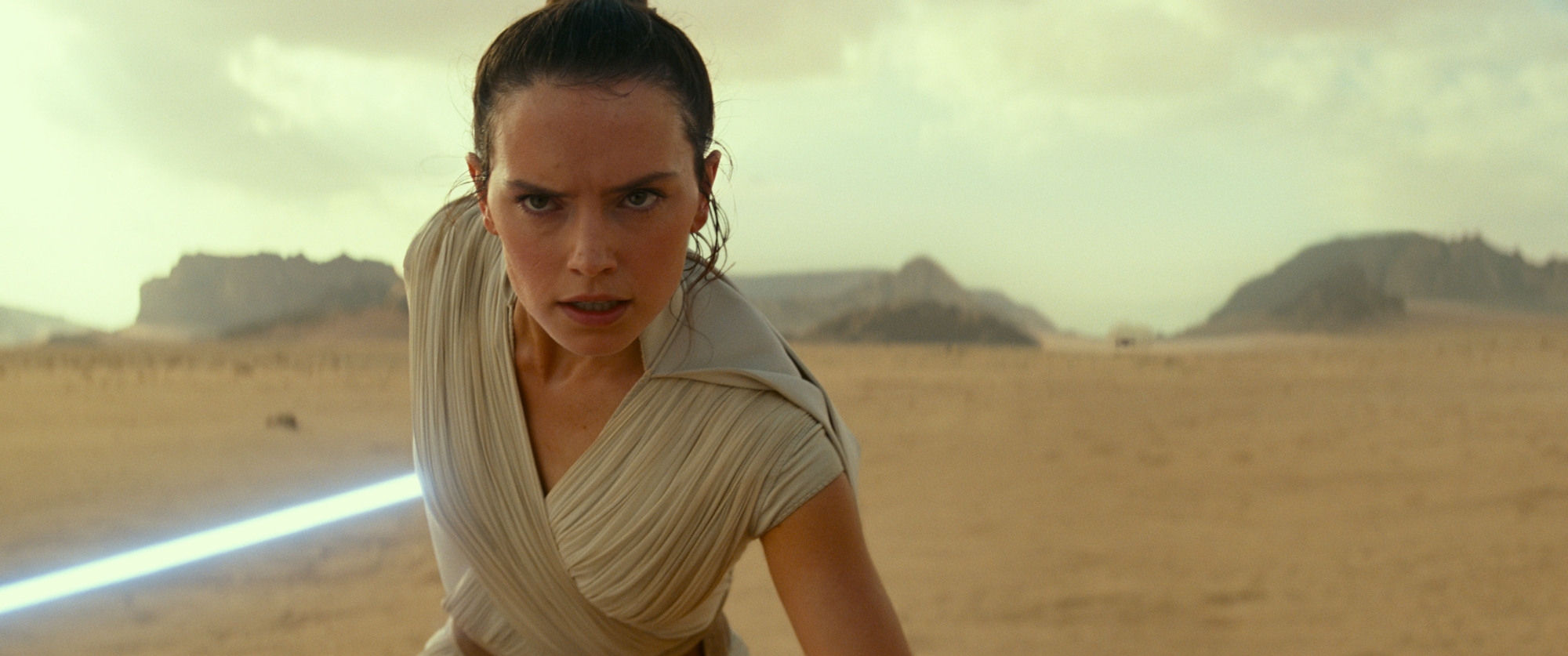Junk is surprisingly pervasive in "Star Wars," playing an understated role in nearly every film in the series.
In "The Phantom Menace," we meet young Anakin Skywalker, the future Darth Vader, working at a small electronics scrap yard and repair shop. In "A New Hope," Luke Skywalker's uncle buys R2-D2 and C-3PO from a group of Jawas, a species that drive massive, sand-crawling junk trucks. The recently released "Rise of Skywalker" is largely a coming-of-age story for Rey, the last of the Jedi, who spent her youth scavenging electronic scrap on Jakku, a remote outer planet.
As a third-generation descendent of earthbound scrap-metal recyclers, I've subjected myself to repeated "Star Wars" viewings (even of the bad films), partly just to spot all the junkyard tidbits. Over the years, I've developed a theory or two about the waste and recycling economy in the series, and enjoyed sharing it with (primarily) other junkyard descendants.

















With your current subscription plan you can comment on stories. However, before writing your first comment, please create a display name in the Profile section of your subscriber account page.